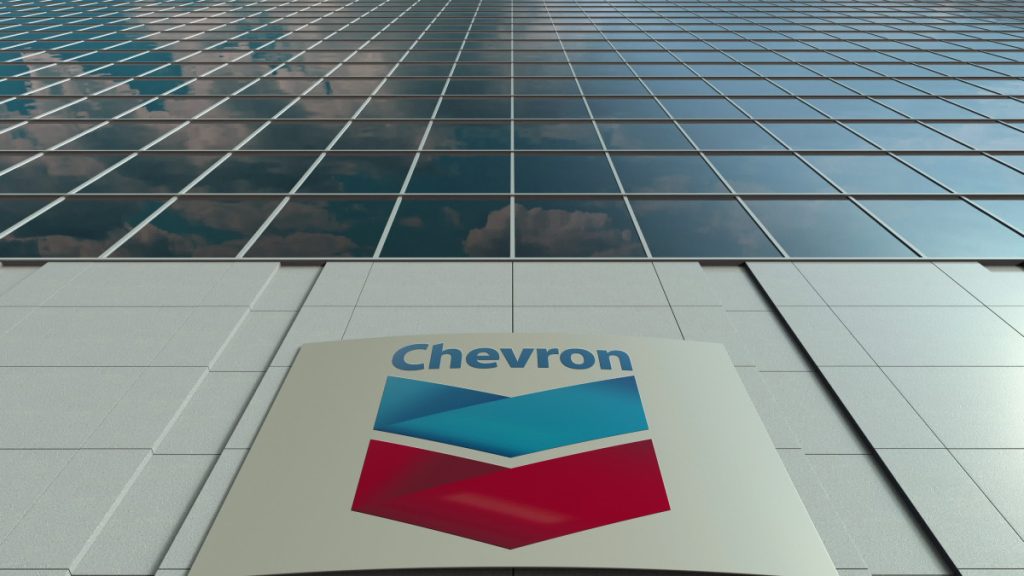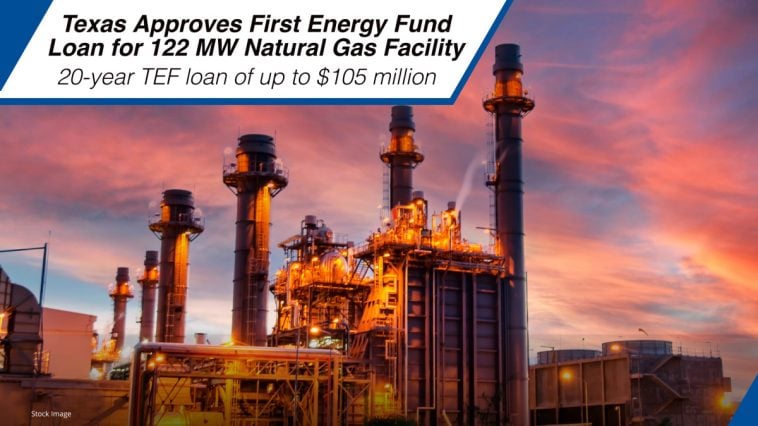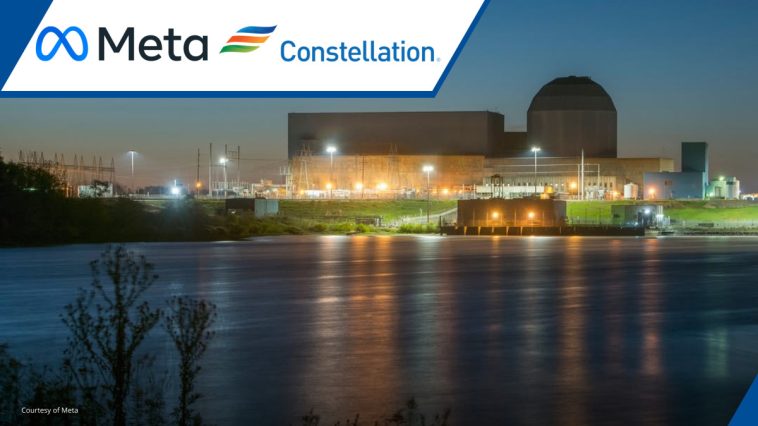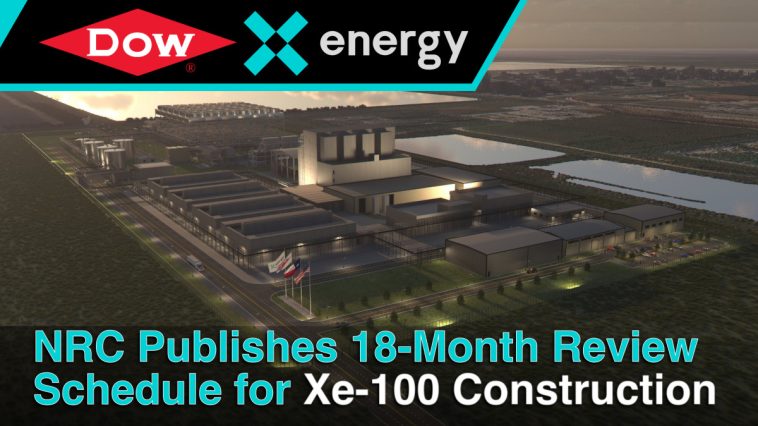As artificial intelligence (AI) continues to expand across industries, the energy demands of AI-powered data centers are surging. AI is integrated into everything from healthcare to transportation, and as its capabilities grow, so does its need for power. According to a recent press release published on Chevron’s website, data centers in the U.S. currently account for approximately 2% of total electricity use, but that figure is expected to rise significantly, potentially consuming up to 9% of the nation’s electricity generation by 2030. Meeting this escalating demand requires a stable and abundant energy source—one that natural gas is poised to provide.
In January, Chevron announced a collaboration with Engine No. 1 and GE Vernova to develop natural gas-powered plants that will generate electricity specifically for AI-driven data centers. This initiative includes constructing multi-gigawatt-scale power plants directly connected to data centers, ensuring a reliable energy supply while reducing stress on the electrical grid. The Permian Basin, a prolific natural gas-producing region in the U.S., is expected to play a critical role in this effort. According to Mike Wirth, Chevron’s chairman and CEO, “Natural gas will help power the rapid growth of artificial intelligence with its insatiable demand for reliable electricity.”
Data centers consume massive amounts of power, not only to run AI systems but also to cool thousands of high-performance servers operating 24/7. A study by Goldman Sachs projects that AI-related power demands will drive an additional 3.3 billion cubic feet per day (bcf/d) of natural gas consumption by 2030. Companies like Microsoft, Amazon, Meta, and Google are investing heavily in AI data centers, with Microsoft alone planning to spend $80 billion on AI-enabled facilities. This increasing demand underscores the need for energy solutions that are both scalable and sustainable.
The partnership between Chevron, Engine No. 1, and GE Vernova aims to provide up to four gigawatts of power—enough to supply electricity to millions of homes. These “power foundries” are expected to be operational by 2027 and designed with future adaptability, including potential integration of carbon capture and renewable energy sources. By leveraging domestic natural gas resources, this initiative not only supports the U.S. in maintaining its AI leadership but also contributes to job creation and economic growth. As AI advances, its energy footprint will continue to expand, making strategic energy investments like this essential for sustaining the digital transformation.














